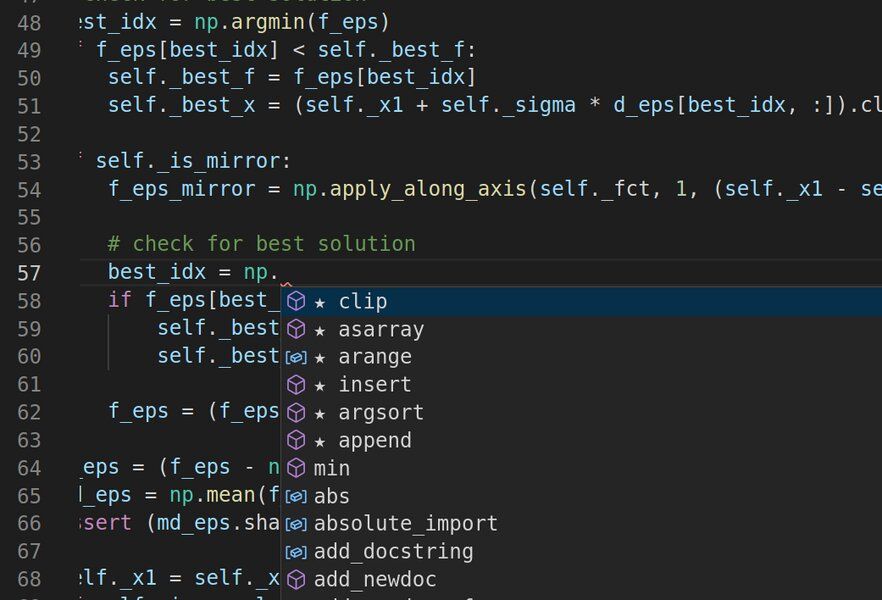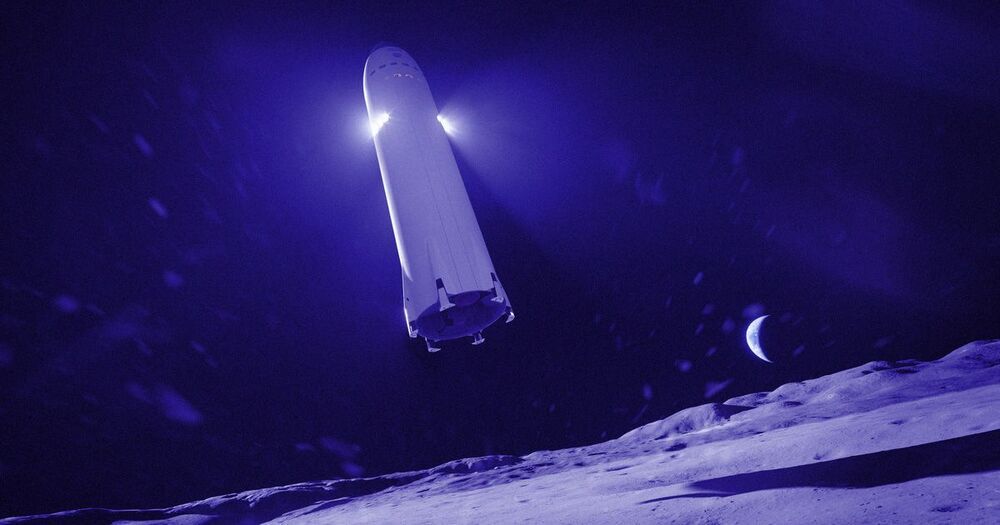Russian officials stated the Russian Army would be creating its first unit with strike robots, which will operate five Uran-9 tanks or 20 combat vehicles.
March 28, 2021
While it is time to move ahead with advanced robotics in war, governments are yet to answer ethical questions and biased disadvantages that robotic warfare leverages.
January 25, 2021
CAMBRIDGE, England, Jan. 25, 2021 — Riverlane, a quantum software company, today announces that it has raised $20m in Series A funding to build Deltaflow, its operating system for quantum computers. Over the past year, Riverlane has signed up 20% of the world’s quantum hardware manufacturers to use Deltaflow and will use the funding to expand internationally to the US, Europe and beyond.
The round was led by European technology venture capital fund Draper Esprit, and supported by existing investors, Cambridge Innovation Capital, Amadeus Capital Partners, and the University of Cambridge.
Quantum computers will change the world by solving problems that are fundamentally impossible to solve on classical computers. This step change in computing power will have an enormous impact on a variety of industries, for example the pharmaceuticals and materials industry. Over the next five years we will continue to see rapid progress in quantum hardware development and, as the quantum industry develops, it’s vital that software is built on a solid foundation.
The speed at which new autonomous weapons are being created and improved is impressive but also staggering.
By Kris Osborn
Drone fleets, robotic vehicles, and multi-domain manned-unmanned connectivity are changing the future of warfare.
Around a century ago when film stocks and photographs were first coming to light, they faced a number of challenges in capturing the essence of an image. In addition to the black and white limitation, photography and film methods also struggled to capture other various elements of the color spectrum, rendering many images of famous figures appearing differently than they may have actually looked.
Now, a new AI imaging technique uses color to restyle old photographs in a way that could almost pass for modern day photographs. This colorization method mitigates the main obstacles of cameras and lenses from the olden days—namely, the orthochromatic nature of those tools, meaning that the photo capture device in question incorporated all detected light into the image without discrimination. The inclusion of all of this light resulted in photos that appeared grainy and noisy, leading to renowned figures such as U.S. president Abraham Lincoln looking far older and wrinklier than he actually was.
These days, especially with the aid of computer graphics, more advanced photographic techniques have taken advantage of the fact that light tends to penetrate the surface of human skin and illuminate the flesh from underneath. This illumination helps to eliminate extra noise and wrinkle marks that marred many images from the early 1900s.
Whatever business a company may be in, software plays an increasingly vital role, from managing inventory to interfacing with customers. Software developers, as a result, are in greater demand than ever, and that’s driving the push to automate some of the easier tasks that take up their time.
Productivity tools like Eclipse and Visual Studio suggest snippets of code that developers can easily drop into their work as they write. These automated features are powered by sophisticated language models that have learned to read and write computer code after absorbing thousands of examples. But like other deep learning models trained on big datasets without explicit instructions, language models designed for code-processing have baked-in vulnerabilities.
“Unless you’re really careful, a hacker can subtly manipulate inputs to these models to make them predict anything,” says Shashank Srikant, a graduate student in MIT’s Department of Electrical Engineering and Computer Science. “We’re trying to study and prevent that.”
There is no cheaper way to generate electricity today than with the sun. Power plants are currently under construction in sunny locations that will supply solar electricity for less than 2 cents per kilowatt hour. Solar cells available on the market based on crystalline silicon make this possible with efficiencies of up to 23 percent. Therefore they hold a global market share of around 95 percent. With even higher efficiencies of more than 26 percent, costs could fall further. An international working group led by photovoltaics researchers from Forschungszentrum Jülich now plan to reach this goal with a nanostructured, transparent material for the front of solar cells and a sophisticated design. The scientists report on their success of many years of research in the renowned scientific journal Nature Energy.
Silicon solar cells have been steadily improved over the past decades and have already reached a very high level of development. However, the disturbing effect of recombination still occurs after the absorption of sunlight and the photovoltaic generation of electrical charge carriers. In this process, negative and positive charge carriers that have already been generated combine and cancel each other out before they could be used for the flow of solar electricity. This effect can be countered by special materials that have a special property—passivation.
“Our nanostructured layers offer precisely this desired passivation,” says Malte Köhler, former Ph.D. student and first author from the Jülich Institute for Energy and Climate Research (IEK-5), who has since received his doctorate. In addition, the ultra-thin layers are transparent—so the incidence of light is hardly reduced—and exhibit high electrical conductivity.
NASA officially announced that it’s going to announce who it will choose to build a rocket capable of bringing the first astronauts to the Moon’s surface since the Apollo missions.
But news of the decision may have just leaked to The Washington Post a little early.
According to documents obtained by the newspaper, NASA has officially chosen Elon Musk’s SpaceX to to build a lunar lander variant of its Starship spacecraft as part of the agency’s Artemis program — an extraordinary coup for the spacetech startup.
Four veteran astronauts will launch to the International Space Station on Thursday (April 22) for SpaceX’s Crew-2 mission, the second operational commercial crew flight of SpaceX’s Crew Dragon spacecraft.
The mission is set to blast off on April 22 from Pad 39A at NASA’s Kennedy Space Center in Florida at 6:11 a.m. EDT (1011 GMT). And, if all goes as planned, Crew Dragon will dock with the orbital outpost less than 24 hours later.
Some populations of neurons simultaneously process sensations and memories. New work shows how the brain rotates those representations to prevent interference.








